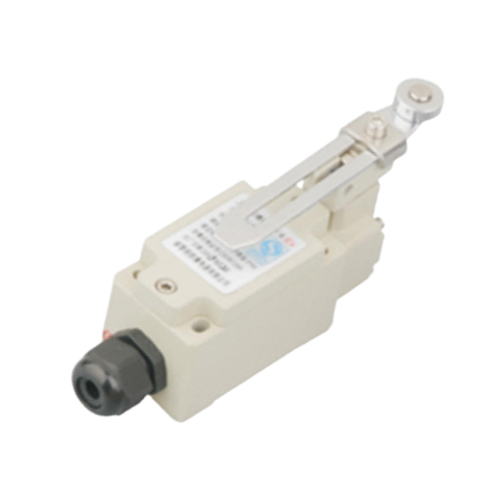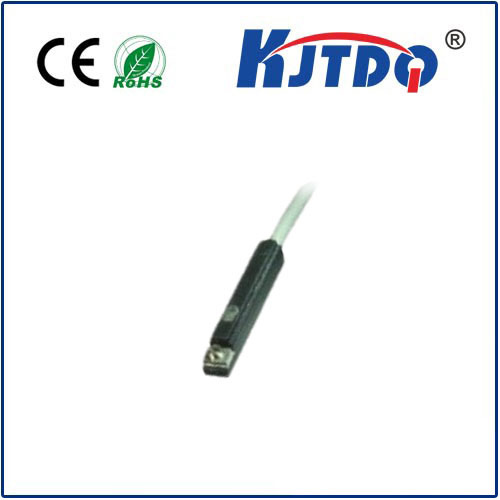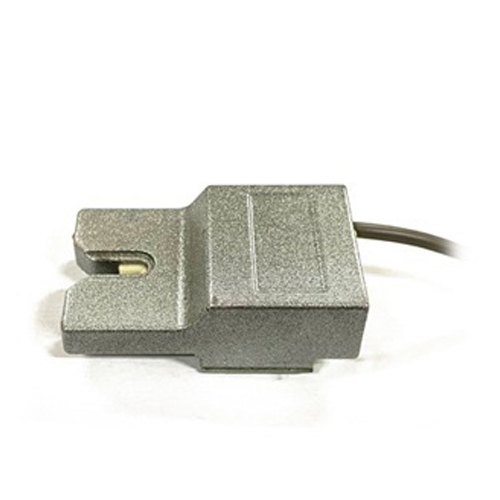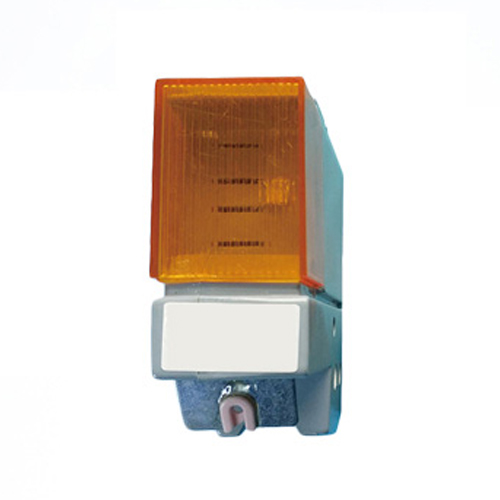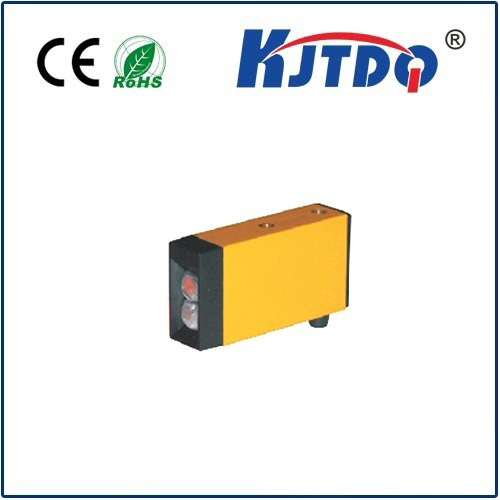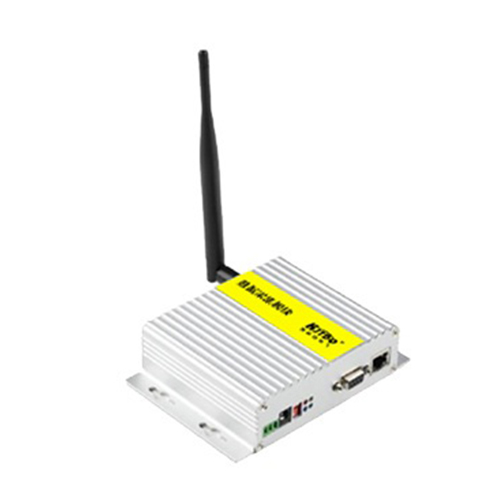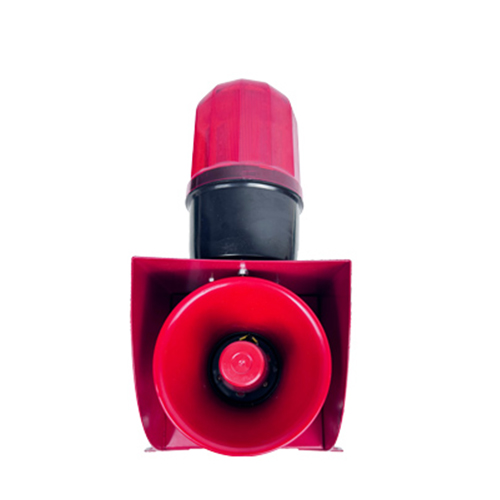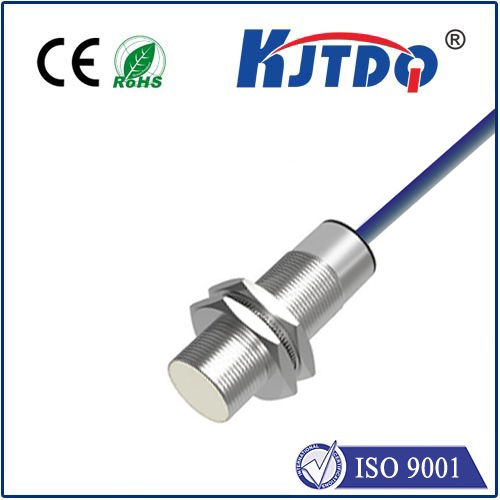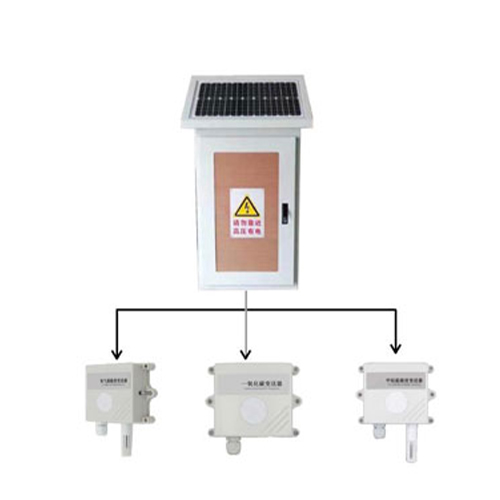laser photoelectric transmitter and receiver sensor
- time:2025-08-29 04:40:29
- Click:0
Illuminating the Invisible: How Laser Photoelectric Sensors Power Precision Detection
Forget clunky switches and imprecise proximity guesses. In the demanding world of modern automation, security, and quality control, pinpoint accuracy is non-negotiable. Imagine detecting the thinnest wire, verifying microscopic component placement on a circuit board hurtling down the line, or safeguarding a hazardous area with unwavering reliability. This is the domain of the laser photoelectric transmitter and receiver sensor, an unsung hero of precision sensing technology. Combining focused optical energy with sophisticated electronics, these sensors deliver unparalleled accuracy and reliability where it matters most.
The Core Duo: Transmitter and Receiver
At its heart, a laser photoelectric sensor functions through a synergistic partnership between two key components:
- The Laser Transmitter: This dedicated module houses a laser diode that generates a tightly focused, coherent beam of light – typically visible red or infrared. Crucially, this beam is modulated at a specific frequency. This modulation acts like a unique signature, allowing the receiver to distinguish the sensor’s own signal from extraneous ambient light sources (sunlight, room lights), dramatically improving signal-to-noise ratio and overall reliability.
- The Receiver: Positioned to detect the laser beam (either directly or via a reflector, depending on the sensing mode), the receiver contains highly sensitive photodiodes or phototransistors. Its sophisticated electronics are finely tuned to respond only to the specific modulated frequency emitted by its paired transmitter. When the beam is present and detected correctly, the receiver outputs a specific signal (like a “high” or ON state). Crucially, when the beam is interrupted or attenuated beyond a set threshold by a target object, the receiver switches its output state (“low” or OFF), signaling the detection event.
The Magic Lies in the Beam (and Its Disruption)

The fundamental operating principle is beautifully simple yet incredibly powerful: detection occurs when an object interferes with the laser beam path between the transmitter and receiver. However, the way this path is configured defines different sensing modes, each with distinct advantages:
- Through-Beam (Opposed Mode): Here, the transmitter and receiver are mounted directly opposite each other. The laser beam travels unimpeded from the emitter directly into the detector. This offers the longest possible sensing ranges (often meters or even tens of meters) and the highest level of reliability and immunity to target surface characteristics (color, reflectivity, texture). Detection is only triggered when the beam is completely blocked. Ideal for large object detection, high-speed counting, and safety curtains.
- Retroreflective Mode: In this configuration, both the transmitter and receiver are housed in the same unit. The laser beam is projected towards a specialized corner-cube reflector designed to bounce the light directly back to its source. The integrated receiver detects this reflected beam. When a target object breaks this beam path, detection occurs. This mode provides excellent range and reliability, is relatively easy to install (only one wiring point), and benefits from the reflector’s efficiency. Perfect for conveyor systems, packaging lines, and door monitoring.
- Diffuse (Proximity) Mode: Both components are again in the same sensor head. The transmitter emits the laser beam, which then strikes the target object. The target diffusely reflects a small portion of this light back towards the sensor head, where the receiver detects it. Detection occurs when the amount of reflected light exceeds the sensor’s set threshold. While offering the simplest installation (only one device), sensing range is shorter than other modes, and performance is highly dependent on target size, color, and surface reflectivity. Best suited for detecting objects at close range where through-beam or retro-reflective mounting isn’t feasible.
Why Laser? The Compelling Advantages
Compared to traditional LED-based photoelectric sensors, laser variants bring a suite of powerful benefits driven by the unique properties of laser light:
- Pinpoint Precision & Small Spot Size: The coherent and highly collimated laser beam allows for incredibly focused detection. It can reliably sense very small objects (wires, needles, tiny components) or detect edges with micron-level accuracy. This is indispensable in electronics manufacturing, precision assembly, and intricate quality control processes.
- Extended Sensing Range: The focused nature of the laser beam minimizes divergence, allowing it to travel much farther distances without significant energy loss compared to standard LEDs. This enables reliable long-range detection applications.
- Enhanced Immunity to Ambient Light: The combination of narrow spectral bandwidth (specific light wavelength) and signal modulation makes laser sensors remarkably resistant to interference from factory lighting, sunlight, or other stray light sources, ensuring stable operation in challenging environments.
- Outstanding Resolution and Accuracy: The small, well-defined beam spot enables detecting minute positional changes or distinguishing between closely spaced objects, crucial for high-precision positioning and measurement tasks.
Unlocking Potential: Key Applications
The unique capabilities of laser photoelectric transmitter and receiver sensors make them vital across industries:
- Micro-Precision Manufacturing: Detecting ultra-fine threads, verifying the presence of miniature electronic components (SMDs), controlling robotic placement accuracy.
- High-Speed Counting & Object Detection: Accurately counting pills, bottles, small parts on high-speed conveyors where precision and speed are paramount.
- Security & Safety Systems: Forming invisible intrusion detection beams for perimeter security, or as part of safety light curtains safeguarding hazardous machinery zones.
- Printing & Packaging: Register mark detection for precise printing alignment, verifying label presence/position, flap detection.
- Material Handling & Logistics: Pallet positioning, stack height control, robot guidance in warehouses, detecting low-contrast objects on conveyors.
- Automated Assembly: Verifying part insertion depth, detecting minute jams, confirming assembly completeness with high reliability.
- Hazardous Area Monitoring: Used in configurations (like coaxial optics) for level detection in silos containing flammable powders or dusts, often with specialized safety approvals.
The Future: Smarter, Smaller, More Integrated
The evolution continues. Modern laser photoelectric sensors integrate advanced features like background suppression, intuitive teach-in functions for simple setup, ruggedized housings for harsh industrial environments (IP67/IP69K), and diagnostic LEDs. Connectivity is advancing with IO-Link integration, providing detailed status information, remote parameterization, and enabling predictive maintenance capabilities. The relentless drive is towards even higher precision, faster response times, and seamless integration within the data-rich ecosystem of Industry 4.0. They remain a fundamental, versatile, and increasingly sophisticated solution, truly illuminating the path to precision detection in our automated world.






